Your location:Home >Automotive News >
Time:2022-06-06 13:47:18Source:
GM's Cruise announced on June 2 that it became the first company to receive a license for a pay-as-you-go taxi service in San Francisco, after overcoming objections from city officials,media reported. Opinion.
Before that, self-driving test cars with human safety officers had become the norm in San Francisco, and recently fully driverless test cars are becoming more common.The emergence of a fully driverless test car can be seen as a milestone, marking the dawn of the driverless taxi business after years of delay.
On the evening of June 2, the California Public Utilities Commission voted 4-0 to approve Cruise's license.The company said it will launch as many as 30 electricChevrolet Bolt vehicles equipped with driverless systems in the coming weeks tolaunch a paid service locally.
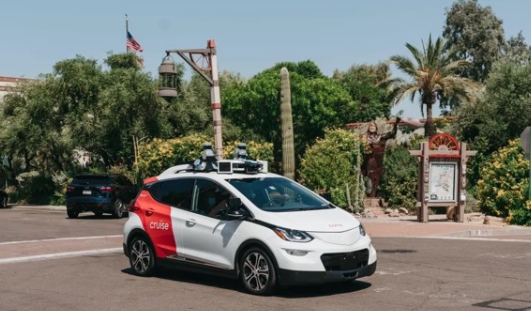
Image credit: Cruise
Vehicles will be limited to a top speed of 30 miles per hour and will also avoid downtown areas and the 10pm-6am period.Vehicles are not allowed to use highways, and are not allowed to drive in weather conditions such as heavy fog, rain, and roads with low visibility.
Rival Alphabet-owned Waymo has offered riders a toll service in suburban Phoenix since 2018, while Cruise hopes to offer the service in San Francisco, a denser, mountainous city with more complex traffic, where many Operating a driverless car in San Francisco is a more difficult challenge for technologists.
In March, Waymo began offering self-driving ride-hailing services to its employees in San Francisco.In February, Cruise also began offering free nightly test rides to the public.
In the decade since California first allowed testing of self-driving vehicles on public roads, for the most part, these self-driving test vehicles have operated smoothly while obeying traffic rules, but surprises still occur.In a public presentation last year, Cruise senior director Brandon Basso described "kinematic uncertainty," which he said isthe challenge self-driving cars face inpredictinghuman actions and making decisions, such as , when you should avoid pedestrians.Cruise says its vehicles can understand complex social dynamics and hedge against uncertainty by taking safe actions.
Even San Francisco officials who challenged the permit said that Cruise self-driving cars appear to be generally able to drive in a cautious and compliant defensive driving style, despite "notable exceptions."
Three former Cruise employees cited two key internal safety statistics: the frequency with which vehicles encounter unknown situations or experience so-called "safety-critical events," or a combination of accidents and near misses.The company has not released these two figures to the public.
Public records show that in the four years through May 2021, Cruise self-driving vehicles drove nearly 3 million miles in 34 crashes involving bodily injury or more than $1,000 in damages.In 28 of those incidents, Cruise made technical fixes that were often associated with improving predictions about human behavior.The company also eased some rules, including in response to a 2019 accident, allowing vehicles to "adjust in all strictly marked lanes" to get around parked trucks or slower bikes.
Some accidents have led to lawsuits, with a cyclist and a scooter rider suing Cruise after the accident.The company said its vehicle was not in self-driving mode in the collision with the scooter.In addition, Waymo was also sued after an accident in 2016, but the company settled with the plaintiffs.
Statement: the article only represents the views of the original author and does not represent the position of this website; If there is infringement or violation, you can directly feed back to this website, and we will modify or delete it.
Preferredproduct
Picture and textrecommendation

2022-06-06 13:47:18

2022-06-06 13:46:25
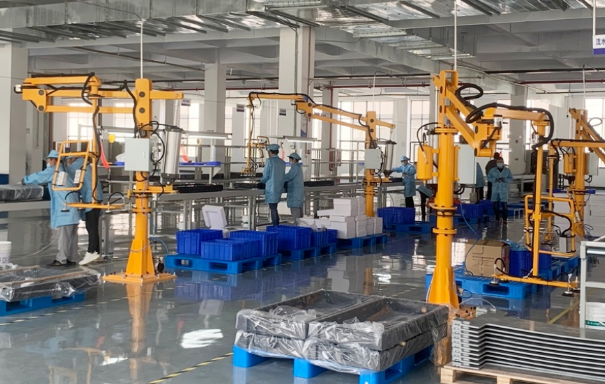
2022-06-06 13:45:52
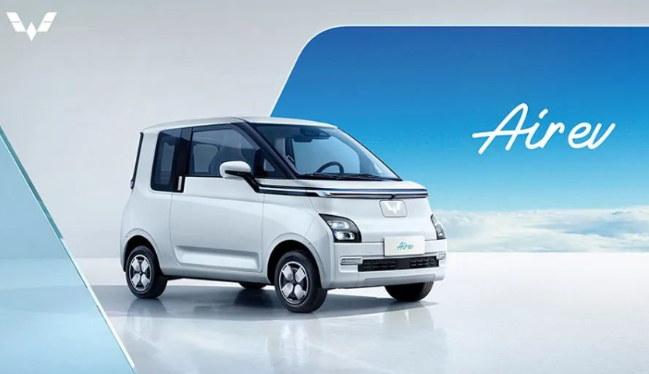
2022-06-06 13:45:18
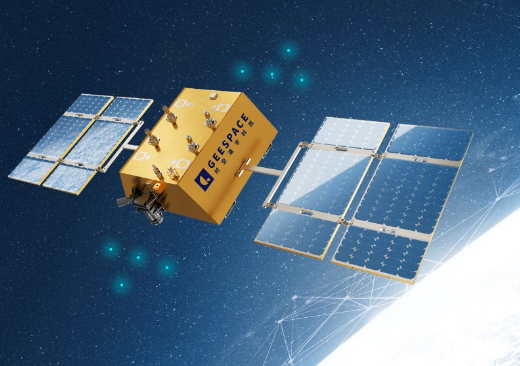
2022-06-06 13:44:48
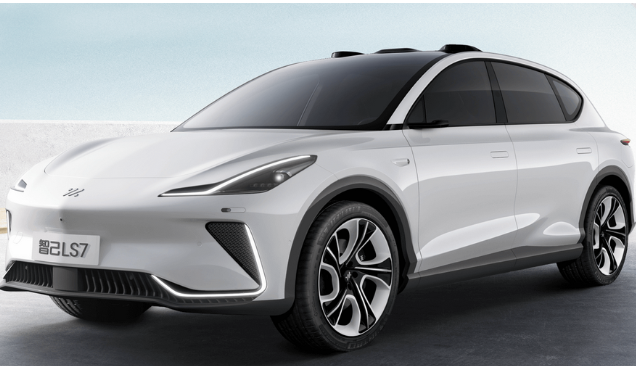
2022-06-06 13:44:01
Hot spotsranking
Wonderfularticles
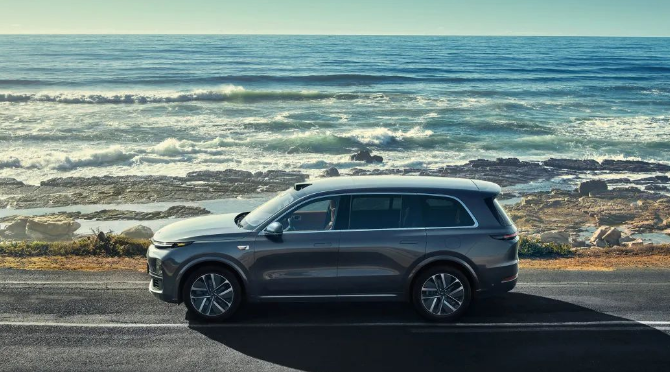
2022-06-06 13:43:27
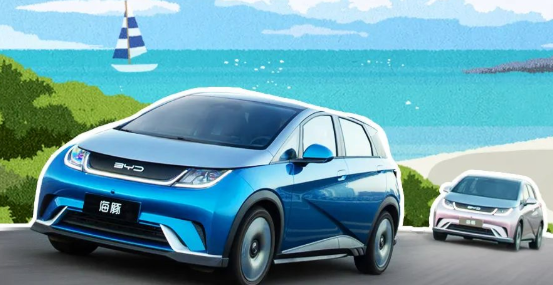
2022-06-06 13:43:02
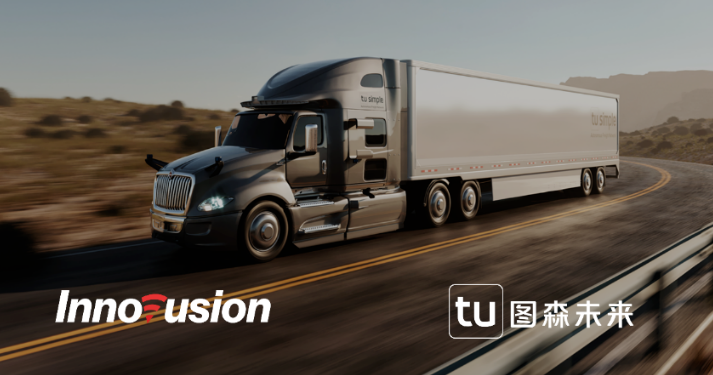
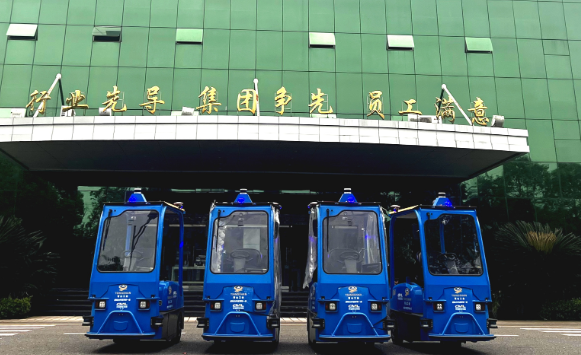
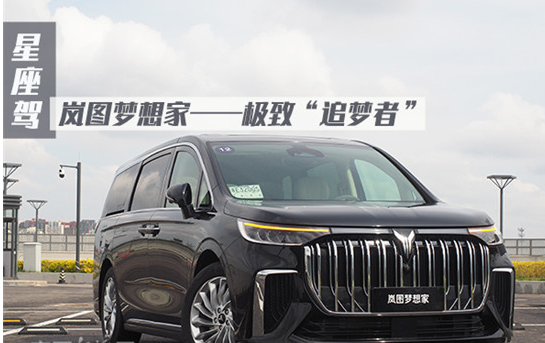
2022-06-02 12:10:27
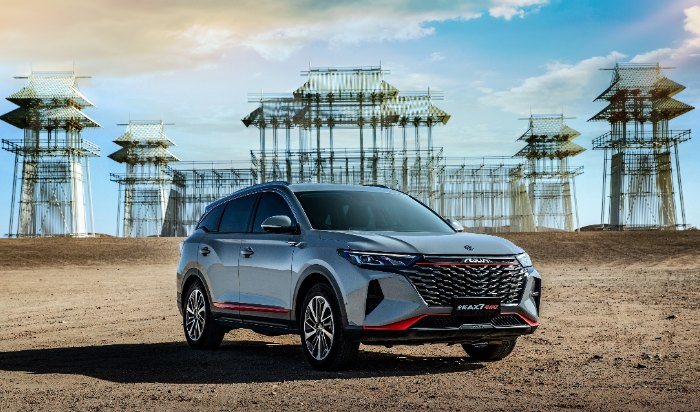
Popularrecommendations
